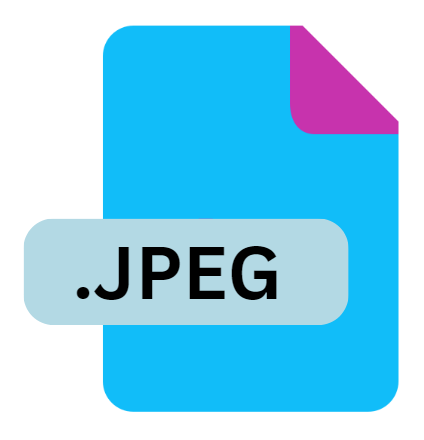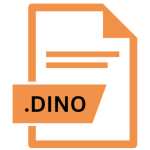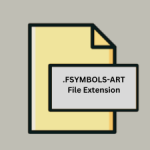.JPEG File Extension

JPEG Image
| Developer | Joint Photographic Experts Group |
| Popularity | |
| Category | Raster Image Files |
| Format | .JPEG |
| Cross Platform | Update Soon |
What is an JPEG file?
The JPEG file extension, short for Joint Photographic Experts Group, is a widely used format for storing digital images.
It employs lossy compression techniques specifically designed for photographic images, making it one of the most common formats for storing and sharing digital photographs on the internet and beyond.
More Information.
JPEG was first introduced in 1992 as the result of collaborative efforts to create a standardized image compression format.
Its primary purpose was to enable efficient storage and transmission of digital photographic images across different computer systems and networks, without significantly compromising image quality.
Origin Of This File.
The development of the JPEG format began in the late 1980s when the Joint Photographic Experts Group, a committee of experts from various countries, set out to create a standardized method for compressing photographic images.
Their goal was to balance compression efficiency with image quality, ensuring that the format could efficiently store images while maintaining a visually acceptable level of fidelity.
File Structure Technical Specification.
JPEG files are encoded using a lossy compression algorithm that reduces file size by discarding certain image details that are less noticeable to the human eye.
This compression is achieved through a process that divides the image into blocks, applies the Discrete Cosine Transform (DCT) to each block, and quantizes the resulting coefficients based on perceptual criteria.
The typical technical specifications of JPEG files include:
- Color space: Usually RGB or YCbCr.
- Compression ratio: Adjustable depending on the desired balance between file size and image quality.
- File extension: “.jpg” or “.jpeg”.
How to Convert the File?
Converting JPEG files to other formats or vice versa can be done using various software tools available online:
- Online Converters: Websites like Zamzar or OnlineConvertFree offer free tools to convert JPEG to PNG, TIFF, or other formats.
- Image Editing Software: Programs like Adobe Photoshop, GIMP, or Paint.NET allow batch conversion of JPEG files to different formats.
- Command-Line Tools: For advanced users, command-line tools like ImageMagick provide powerful conversion capabilities across different platforms.
Advantages And Disadvantages.
Advantages:
- Highly Compressed: Efficient compression reduces file size, making it ideal for web and email.
- Widely Supported: Supported by virtually all image viewing and editing software.
- Good Image Quality: Despite being lossy, JPEG compression retains good visual quality suitable for most photographic images.
- Color Depth: Supports up to 24-bit color depth, allowing for rich, detailed images.
Disadvantages:
- Lossy Compression: Image quality degrades with each subsequent save due to irreversible data loss.
- Artifacting: Compression artifacts such as blockiness or blurring can occur, especially at high compression levels.
- Not Ideal for Text or Graphics: Compression artifacts can be more noticeable in images with sharp edges or text.
How to Open JPEG?
Open In Windows
- Open JPEG files using built-in apps like Photos or Paint. Third-party software like Adobe Photoshop also supports JPEG.
Open In Linux
- Image viewers like GIMP, Shotwell, or the built-in image viewer in most distributions can open JPEG files without issues.
Open In MAC
- Preview is the default app for opening JPEG files on macOS. Applications like Adobe Photoshop and GIMP are also compatible.













